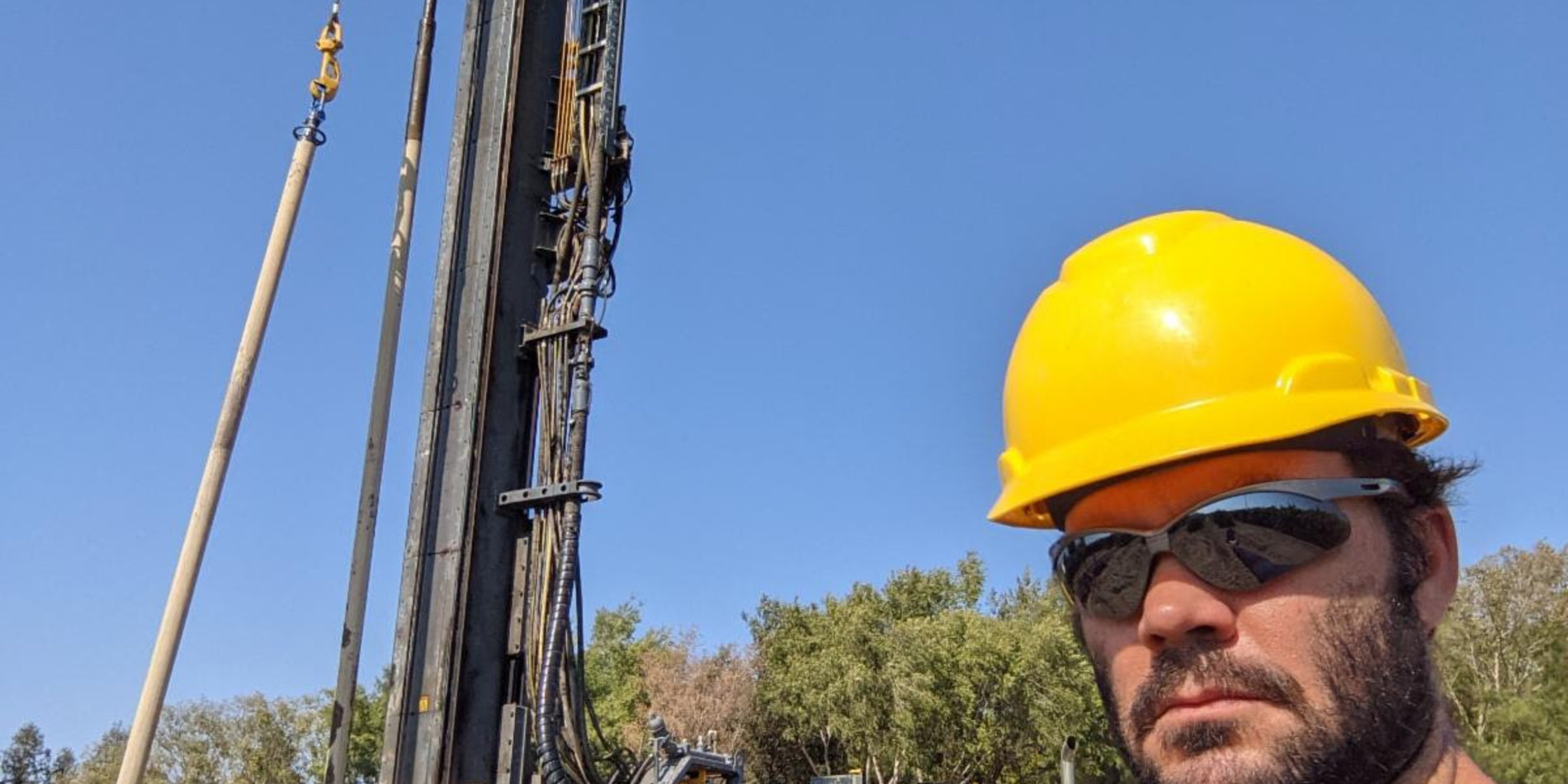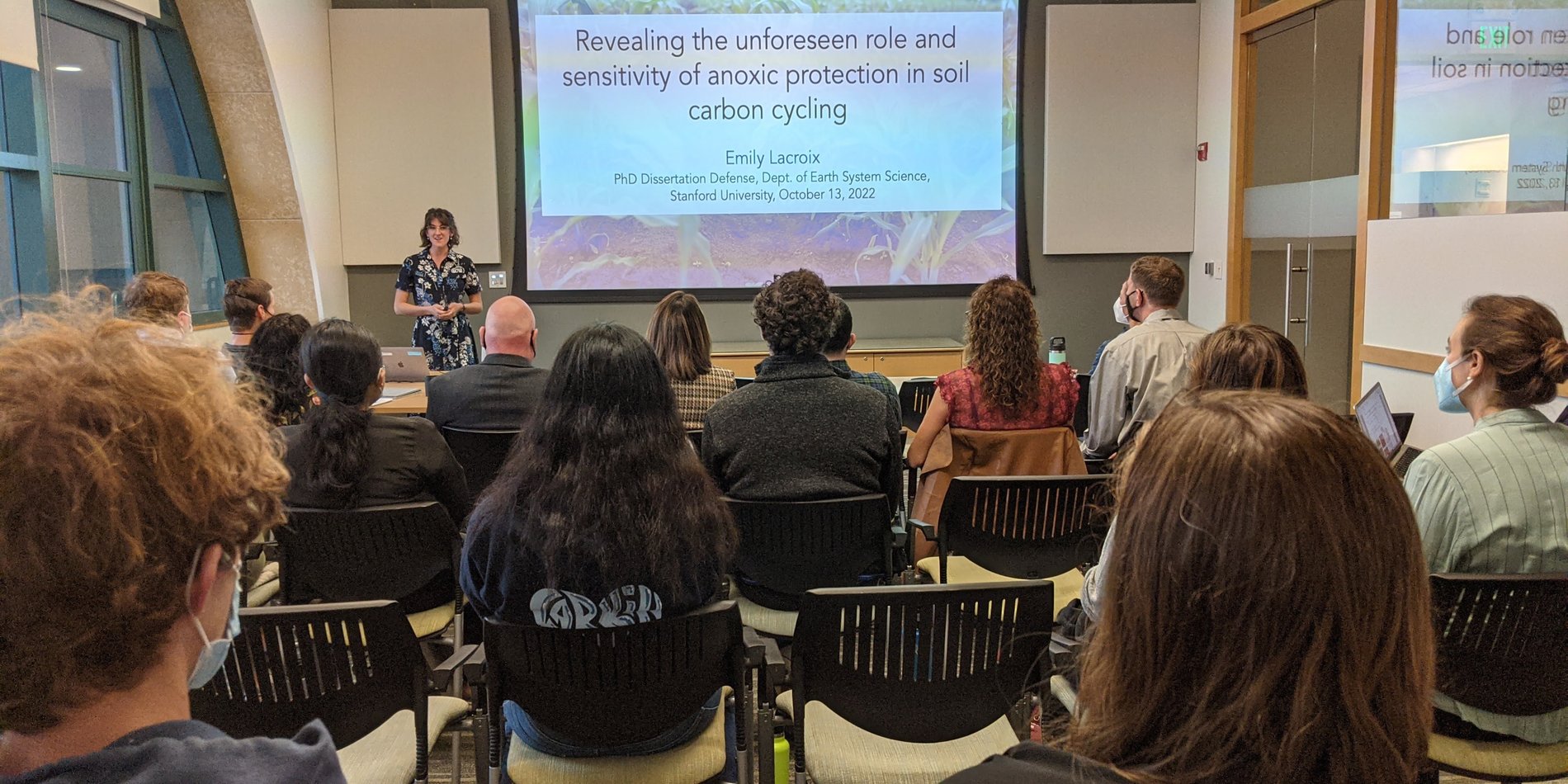New Publication: Effects of moisture and physical disturbance on pore-scale oxygen content and anaerobic metabolisms in upland soils
Abstract
Emily M.Lacroix, Robert J.Rossi, Deborah Bossio and Scott Fendorf
Soils are the largest dynamic stock of carbon (C) on Earth, and microbial respiration of soil organic C accounts for over 25% of global carbon dioxide (CO2) emissions. Zones of oxygen depletion in upland soils (anaerobic microsites) are increasingly recognized as an important control on soil microbial respiration rates, but the factors governing the volume and distribution of anaerobic microsites are relatively unknown. We measured the dissolved oxygen (DO) content of porewater from incubated soil cores of varying moisture contents (<80% and >80% water saturation) and degrees of disturbance (undisturbed, conventionally tilled, and physically disturbed). Porewater was extracted sequentially from pores constrained by three effective pore diameters, ≥3.0 μm, 3.0–1.0 μm, and 1.0–0.6 μm, from cores incubated for 7, 14, or 28 days, using a modified Tempe cell extraction system. We observed a parabolic pattern in mean dissolved oxygen (DO) concentrations across pore sizes, independent of soil moisture and degree of disturbance. Specifically, DO values within the largest and smallest pore domains were relatively depleted (155 ± 10 μM and 160 ± 11 μM, respectively), while DO values within medium pores were closer to saturation (214 ± 8 μM). The observed DO pattern provides insight into the balance of microbial oxygen demand versus oxygen supply across pore domains within upland soils. Additionally, we observed iron and manganese reduction in all soils except samples subjected to disturbance and incubated at <80% water saturation, suggesting that disturbance enhances aeration and diminishes anaerobic metabolisms within upland soils. Our findings highlight the influence of soil moisture and management on soil redox and CO2 efflux rates.
https://www.sciencedirect.com/science/article/abs/pii/S0048969721016405


